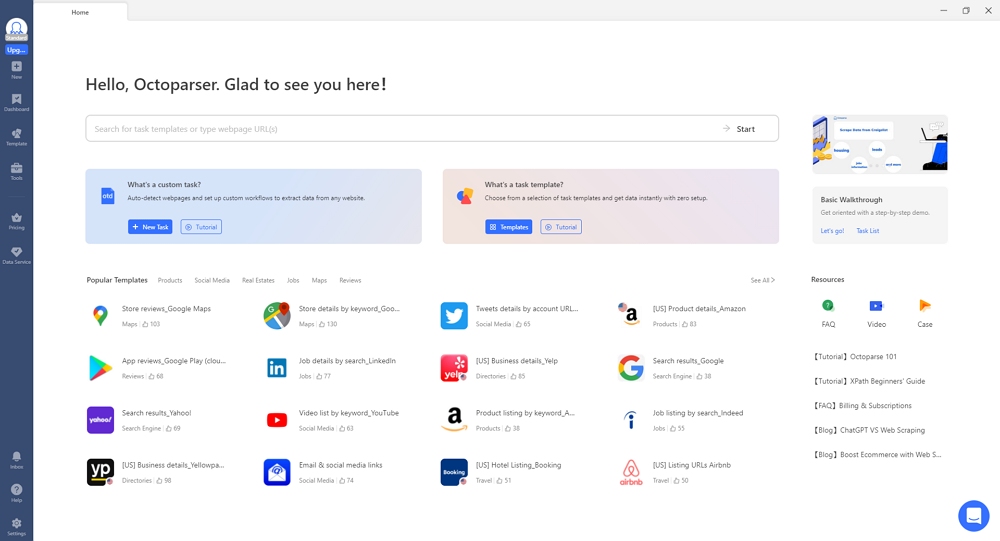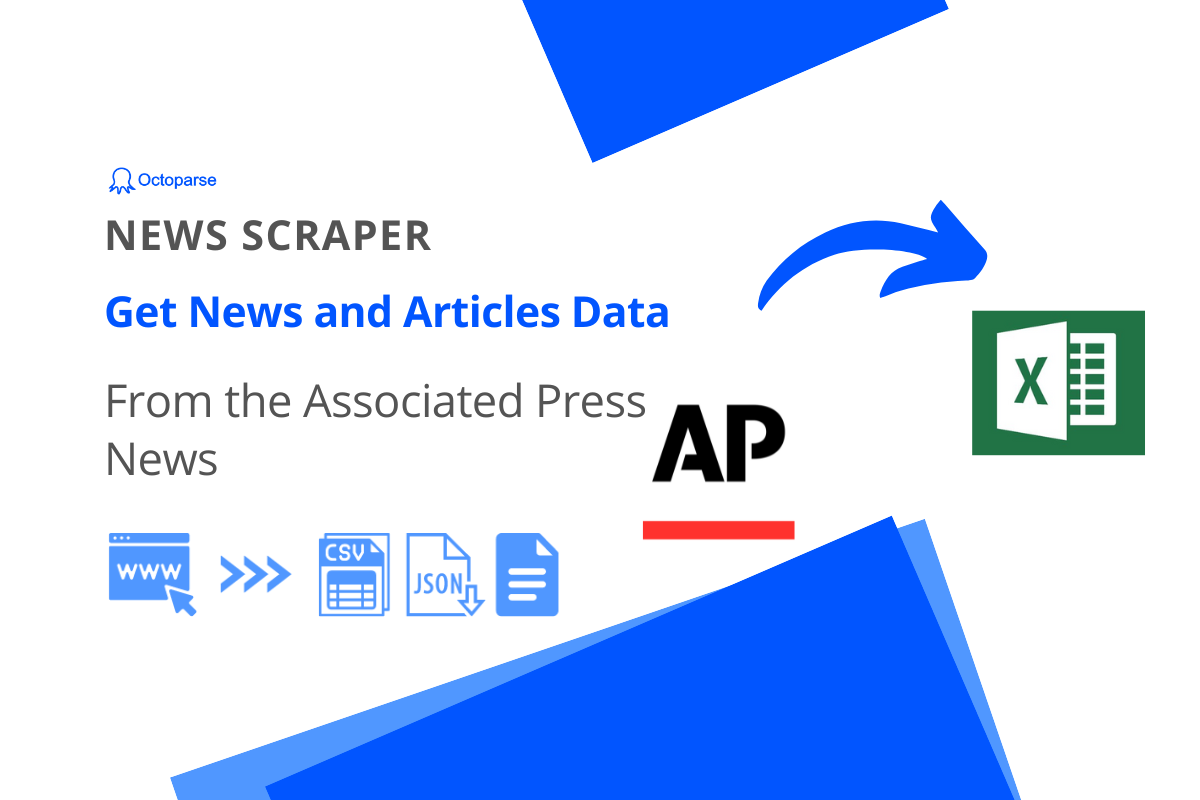Web scraping can be a powerful way to gather relevant data for energy analytics. By automating data extraction from websites, energy professionals can collect large datasets on topics like energy consumption trends, the growth of different energy sources, and more. This data can provide key insights to optimize operations, improve efficiencies and adapt strategies.
This post outlines how energy analytics answers important questions, what types of energy data are needed, and provides a step-by-step guide to scraping energy data using web scraping tools that require no coding skills. By leveraging web scraping, energy businesses can digitize online data for actionable insights.
What is Energy Analytics?
Energy analytics involves collecting, analyzing, and interpreting data related to energy production, distribution, and consumption. This data helps companies optimize operations, improve efficiency, and better plan for the future.
Here are some relevant types of energy data that are needed in energy analytics, including:
• Consumption statistics – from utility billing systems and smart meters
• Pricing information – on different energy sources from markets
• Industry and government reports – with statistics on demand, efficiency, and technologies
• Facility data – on energy use from equipment and building sensors
What Questions Does Energy Analytics Need To Answer?
Gaining key insights through effective data analytics is crucial for energy companies today. Here are some of the important questions energy analysts aim to answer:
How is energy demand evolving over time and across industries?
Understanding changes in energy consumption patterns helps energy businesses adapt their strategies to meet future demand. For example, data may show that industrial energy use has been steadily rising by 5% per year while commercial demand has remained flat. This indicates the need for companies to focus on scaling up industrial energy solutions.
Which energy sources are growing at the fastest rates?
Tracking the growth of different energy sources like solar, wind, natural gas, and nuclear power reveals where investments should be directed to capitalize on emerging trends. For instance, statistics may show that solar and wind power capacity has been increasing by over 10% annually in recent years while coal has declined. This points companies towards opportunities in the fast-expanding renewables sector.
How much energy do various industries consume and what are the main end uses?
Analyzing energy consumption patterns by the industrial sector and application area reveals where improvements can be made. Data may show that manufacturing accounts for the bulk of industrial energy use due to power-intensive processes. This suggests a need for upgrading equipment and implementing efficiency measures within manufacturing facilities.
Which regions have the greatest potential for future energy projects?
Examining energy demand and supply conditions at the national or sub-national level can highlight underserved markets. Statistics on energy access, infrastructure gaps, and consumption growth across cities and rural areas help identify target regions for expansion.
Answers to questions like these provide crucial insights to identify market opportunities and needs, optimize resource allocation, plan infrastructure developments, and set targets for demand-side management and energy-saving initiatives. Data-driven decision-making, powered by reliable industry and consumption analytics, is key to the success and competitiveness of energy businesses going forward.
Guide of Energy Data Scraping With Octoparse
Energy analytics can benefit greatly from web scraping as it enables professionals in the energy sector to collect data from multiple sources and analyze it to gain insights into energy consumption patterns, identify areas for optimization, and ultimately reduce energy costs.
Octoparse, a user-friendly tool, allows users to quickly and easily extract data from websites without requiring any coding skills. In this step-by-step guide, we’ll walk you through the process of scraping energy data using Octoparse.
Step 1: Download and install Octoparse
If you haven’t had the software on your computer, please download and install it on your device first. Then, create a free account to log in and unlock the powerful features of Octoparse.
Step 2: Create A New Task
Once Octoparse is installed, open the software. Then copy the URL of your target website, paste it into Octoparse’s search bar, and click “Start”.

Step 3: Auto-detect data
After entering the website URL, Octoparse will load the website and display it in the software’s built-in browser. Once the website has loaded, click on “Auto-detect webpage data” in the Tips panel. Octoparse will scan the page and highlight possible data fields that you can extract. You can preview and rename them in the Data Preview panel at the bottom.
Also, you can select the data that you want to extract by clicking on the elements on the page. For example, if you want to extract energy consumption data, you might click on the table that contains the data and set up the extraction rules to capture the data within each cell of the table.
Step 4: Build the workflow
Click on “Create workflow” to build a workflow for your scraping task. The workflow will show each step of the scraper, and you can preview the actions of each step to ensure they’re working correctly.
Step 5: Launch the Scraper
Once you’re satisfied with the extraction rules, click on the “Run” button to launch the scraper on your local device or Octoparse’s cloud servers. After completion, export the extracted sports data as an Excel, CSV, or JSON file, or export it directly to a database like Google Sheets.
Wrap-up
web scraping is an effective means for energy businesses to enhance their analytics with relevant and up-to-date online data. By automating data collection from websites using a simple tool like Octoparse, energy professionals can gather large datasets on topics like energy demand trends, consumption patterns, and the growth of different energy sources. With these insights, companies can optimize operations, improve efficiencies and adapt strategies to maximize performance and make more informed decisions.
So start leveraging the power of web scraping today to digitize information currently locked in websites for actionable insights that can help your energy business stay ahead of the curve.




